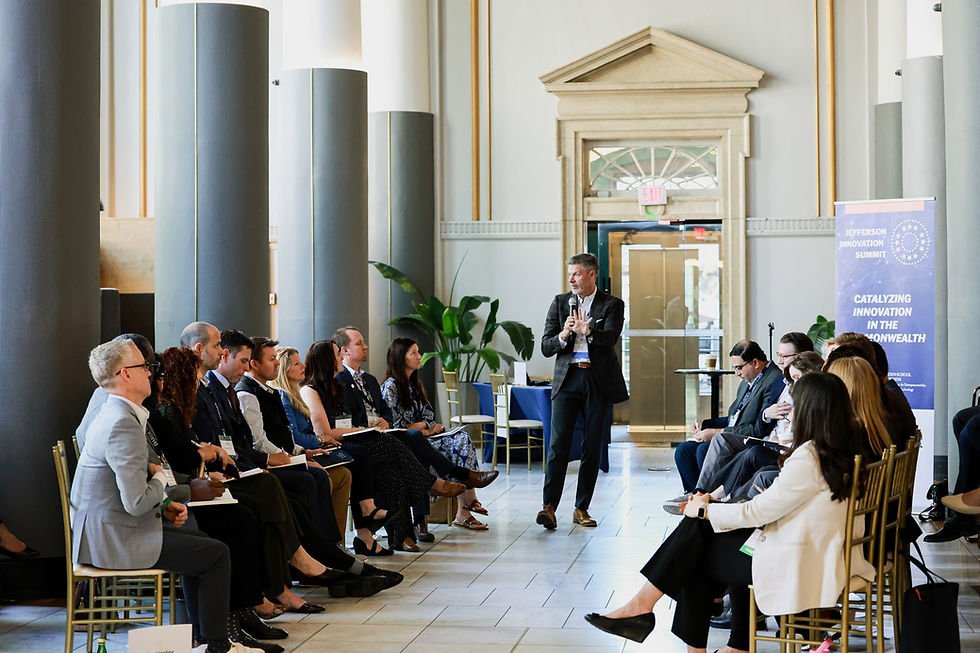Helping, Not Hurting: What Role Should Universities Play in Cities?
- Nov 11, 2017
- 3 min read
by Anna Pollard:
As major powerhouses for business and employment, universities have the ability to bring economic prosperity and opportunity to the communities around them. But what happens when places of higher education undercut the surrounding communities and create inequalities?
Leaders from John Hopkins University, Duke University, and Virginia Commonwealth University lead a discussion on this issue at last spring’s Tom Tom Founders Festival Hometown Summit. They explained that schools and their surrounding communities need to be in partnership with one another, rather than engaging in a one-sided extractive relationship on the part of colleges.
For example, Elizabeth Smyth, Senior Director of Strategic Initiatives for Johns Hopkins, said the school works alongside the Baltimore Commission and the state of Maryland to better the community through protection of intellectual property and research, job creation for all of Baltimore, and sufficient funding for university research. Some of the school’s initiatives—in part a response to the 2015 riots over Freddie Grey’s death in police custody—have prompted the hiring of more women, residents with Baltimore zip codes, and individuals being rehabilitated after serving jail time. Smyth said the efforts of the school and city have resulted in the rejuvenation of areas such as Bakery Square in Baltimore.
Sarah Cunningham, Executive Director of Research for VCU, said that the university has always been rooted in the context of its community. VCU was founded in 1967 amid a period of high racial tension in Richmond, Virginia, and Cunningham said a sense of urgency in community involvement is integrated into the fabric of the school. Cunningham added that part of VCU’s by-and-large successful relationship with the Richmond community is from the school’s focus on art and design, which has been a powerful catalyst for developing partnerships and encouraging civic engagement. Programs like iQ—which is designed to work with communities to identify what they need and bring in faculty from around the country to work on community projects—are ways that VCU has blended its emphasis on arts and design with its investment in Richmond.
Scott Selig, Associate Vice President for Capital Assets at Duke, said that one way the university engages with local business is by leasing much of their 70,000 square feet of real estate in downtown Durham, North Carolina, which allows for the school’s business to circulate in a way it wouldn’t if the college owned that land. Selig also said that projects with the private sector and investors, such as Duke’s state-of-the-art performance hall, can create attractions and draw in business to the community external to the school itself.
Although regional innovation, arts programming, and university investment in real estate contribute to community partnerships, many schools are also facing the rising cost of housing in their areas and the stress this places on residents. One solution to affordable housing issues schools have considered is creating programs where university employees and staff can live in nearby, subsidized housing. This solution has faced some scrutiny for its ability to be executed fairly and successfully. Additionally, many colleges have been figuring out the best way to broaden the scope of their outreach programs to engage more groups in their communities and include these residents in a dialogue regarding the day-to-day activity of the university.
While universities present unlimited opportunities for their students, community-focused partnerships to provide similar benefits to surrounding residents are a rising concern for many school administrations and will continue to be through the next era of education.




